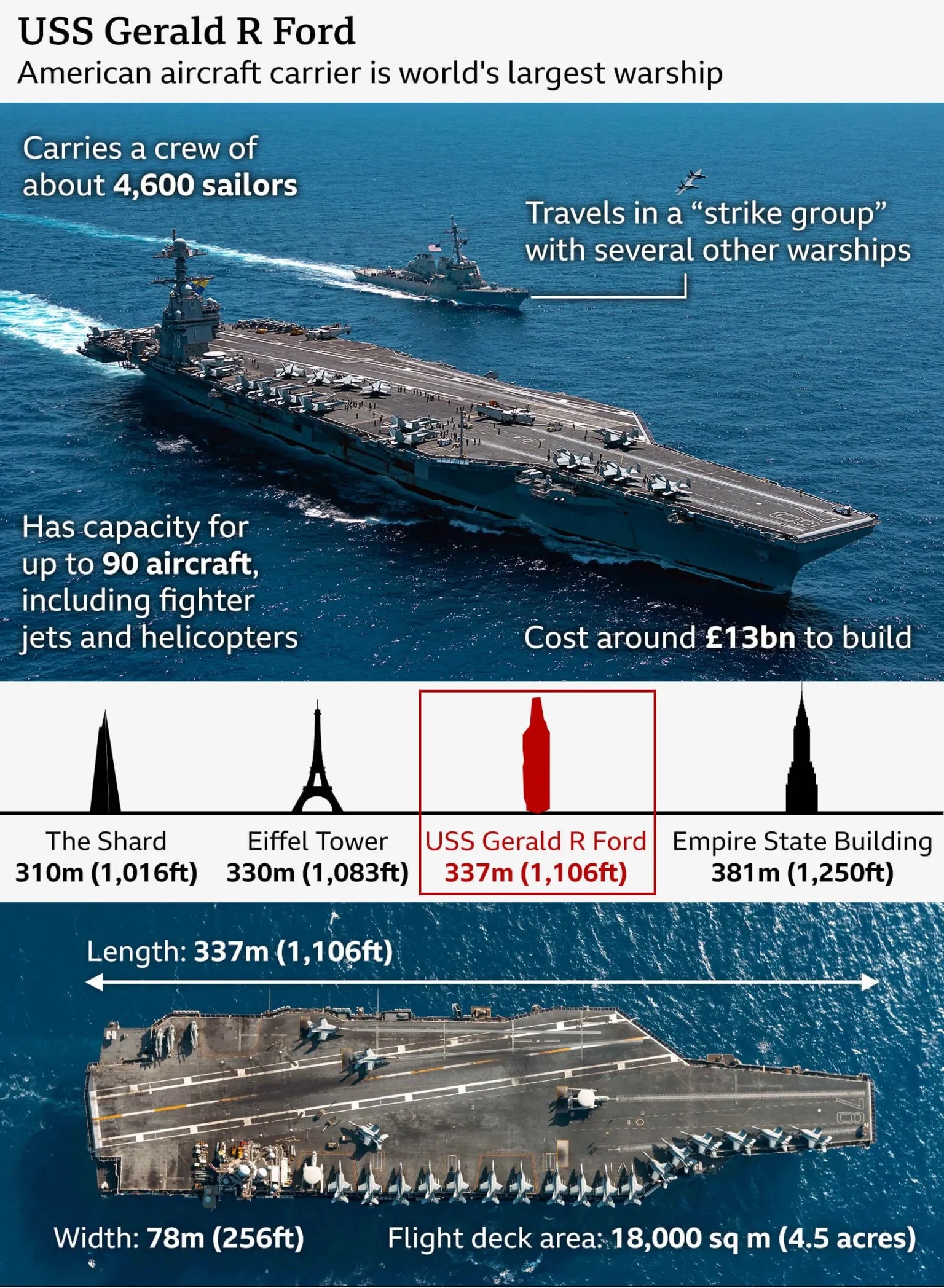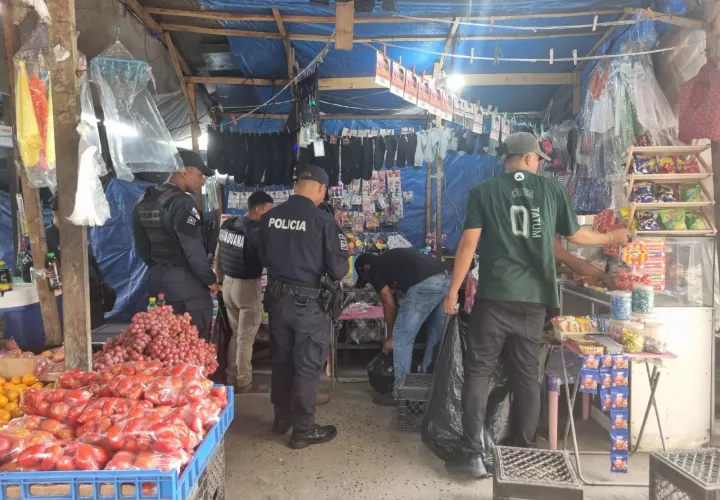The Economics of Rainbow Six Tournaments: Sponsors, Prize Pools, and Business Opportunities

Rainbow Six Siege is no longer the niche tactical shooter we once knew. The R6 esports title has evolved into a commercially viable eSports ecosystem. However, behind every clutch defuse and stadium roar sits a complex economic engine. They include publishers, rights-holders, tournament organizers, teams, brands, and fans, all trading value.
Let’s look at the main revenue streams, cost drivers, commercial partners, and practical business opportunities this game offers in the real world.
Prize Pools
Major Rainbow Six events are usually funded through a combination of publisher support and tournament or operator budgets. The annual flagship, the Six Invitational, carried a $3,000,000 prize pool in 2024. This is a clear signal that Ubisoft and its partners are prepared to find elite-level rewards to drive viewership and talent retention. Prize pool money does the following.
- Attracts top teams and drives competition, which improves product quality
- Send marketing messages to communities that it is worth watching
- Provides a return-on-investment narrative for team owners and players
It is common for publishers to send or guarantee the top-tier pools. Regional organizers or co-producers may add production. Also, local sponsorship may top up the event as well.
Primary Revenue Streams
Various cost structures are implemented during an R6 event. They include prize pool, production & broadcast, venue & operations, talent and staffing, marketing & activation, as well as team support. High production values dramatically increase costs.
Likewise, it unlocks higher sponsorship and media-rights fees. Here are some primary Revenue streams that settle all of these bills.
Sponsorship & Partnerships
Brands buy exposure to a young and engaged demographic. At events like Six Invitational, top partners have included hardware and peripheral brands and ergonomic companies. Sponsorship forms the backbone of tournament revenue from naming rights to on-stage activations.
Media Rights & Streaming
eSports broadcasts generate hours-watched measured in millions. Six Invitational 2024 produced over 13 million hours watched and peaked at ~521k concurrent viewers. These numbers make media rights increasingly valuable to distributors and platforms. Media Rights like YouTube, Twitch, and regional broadcast partners are a growing part of eSports revenue.
In-game monetisation & Revenue Share
Ubisoft has leaned into direct monetisation tied to eSports. For instance, R6 Share items allow teams to earn a cut of in-game skin sales. This model aligns publisher incentives with the competitive scene and can be a lucrative recurring revenue stream.
Ticket Sales
Major finals held in arenas sell tickets, VIP packages, and F&B. Live events also create merchandising chances. An essential margin-rich revenue source when executed well.
Merchandising
Team and event merch, affiliate bundles, and creator co-branded items are included. They add direct-to-be fan revenue. At the same time, they deepen brand loyalty.
Betting & Fantasy
This is for regulated markets only. Legal betting and fantasy leagues also drive engagement and monetisation. However, they introduce compliance costs and reputational risks.
Publisher & Ecosystem Investment
Publishers (Ubisoft) usually directly fund league operations. They even provide subsidies as well. This is to ensure that the competitive structure supports the core game economy.
Why Do Brands Invest?
Brands sponsor Rainbow Six tournaments because they reach a core gaming audience with high engagement. Their reach and impressions (hours watched, concurrent viewers), engagement metrics (chat activity, social interactions, VOD views), direct response (promotional codes, co-branded items sales), and brand lift studies (pre- / post-surveys) are some major reasons.
With Six Invitational’s millions of hours watched and half a million peak concurrent viewers, sponsors can credibly forecast impressions and attention values.
Business Opportunities

High-quality broadcast production is in demand. From studios to OB services, remote production platforms, and multilingual broadcast packages are valuable assets. However, this is not all. Here are other aspects where money can be made.
- Experiential Marketing — brands need creative activations (on-site booths, AF experiences, sampling, team hospitality). Agencies that design measurable activations can command premium fees.
- Co-branded Bundles — collaborations between publishers, teams, and brands in limited digital goods (skins, bundles) with revenue-sharing can scale globally with low marginal cost. Ubisoft’s R6 Share program is proof.
- Talent Management — agencies that represent players and content creators, manage brand deals, and monetize streamer content are core to the ecosystem.
- Micro-retail — pop-up shops at events, limited edition runs, and direct-to-consumer channels for team merchandise can generate high margins.
Regional leagues and franchising, as well as data and analytics services, offer business chances as well. Operators can also build responsible regulated products attached to match data. Although this requires compliance infrastructure and advanced integrity controls.
More Than a Game
Rainbow Six Siege’s competitive ecosystem demonstrates a mature and multi-revenue model. The event economics are favorable for companies that can offer measurable audience access or build new monetisable products. However, success requires aligning with publisher roadmaps, building measurable activations, and managing regulatory and viewership risks.
________________________________________________________________________________________________________________
Advertisements placed in our Guest Contribution sections are in no way intended as endorsements of the advertised products, services, or related advertiser claims by NewsroomPanama.com, the website’s owners, affiliated societies, or the editors. Read more here.





